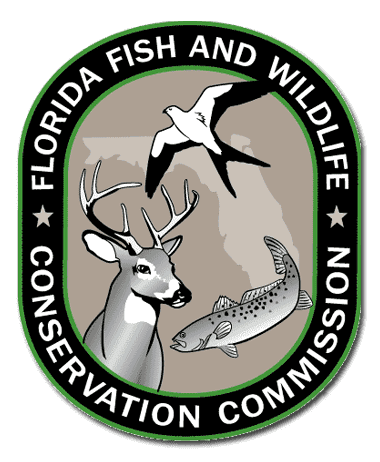Florida FWC Defines New Conservation Model for 60 species

To achieve long-term survival for 60 imperiled wildlife species, the Florida Fish and Wildlife Conservation Commission (FWC) discussed a new conservation model at its meeting today in Apalachicola.
Creating the Imperiled Species Management Plan will define measurable objectives and actions to manage and conserve these animals to keep them part of Florida’s wildlife forever.
Staff updated Commissioners on how they will integrate broad conservation strategies with specific actions for each wildlife species. The Imperiled Species Management Plan will include habitat conservation; wildlife management; measurable objectives (including timeframes); possible incentives, potential rule recommendations; and consideration of economic, ecological and social impacts.
“This approach is smart thinking,” said FWC Chairman Kenneth Wright.
Typically, the FWC has developed and implemented separate management plans for individual species such as the bald eagle, Florida black bear, gopher tortoise and Florida manatee. With the Imperiled Species Management Plan, the FWC will retain that focus while recognizing the efficiency of developing integrated strategies that positively affect multiple species, for example those sharing a seaside marsh or upland scrub habitat.
Opportunities for input from stakeholders and the public will be sought as components of the Imperiled Species Management Plan begin to be rolled out in draft form in 2013.
“By identifying both the common elements and specific actions needed to promote survival of 60 species, Florida can achieve broad long-term conservation success for wildlife such as the little blue heron, Eastern chipmunk and Florida sandhill crane,” said Laura Barrett, the FWC’s Imperiled Species Management Plan Coordinator.
“The Imperiled Species Management Plan will give stakeholders and the public a broad conservation vision of what the FWC plans to achieve for 60 species that have been listed as state-threatened or species of special concern,” Barrett said.
The FWC adopted a new conservation model in September 2010 to evaluate the status of species listed as state-threatened or species of special concern. The Commission-approved process first called for developing a Biological Status Review (BSR) for each species. The BSRs, independently reviewed by outside scientists and the public, reported on what was happening to each species, and made a recommendation on whether the species met criteria to:
- Remain or become listed as threatened;
- Remain a species of special concern until further data could be gathered; or
- Be removed from the list of state-threatened species.
The BSRs and their listing recommendations are available at MyFWC.com/ImperiledSpecies.

